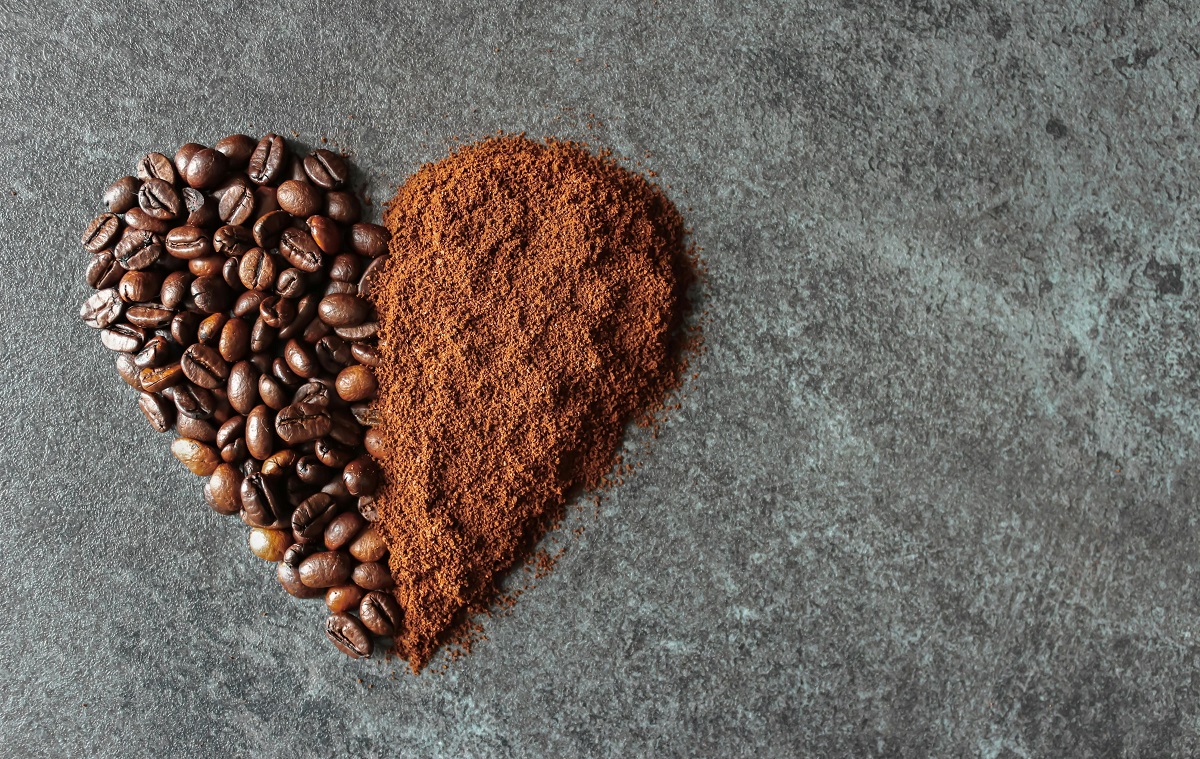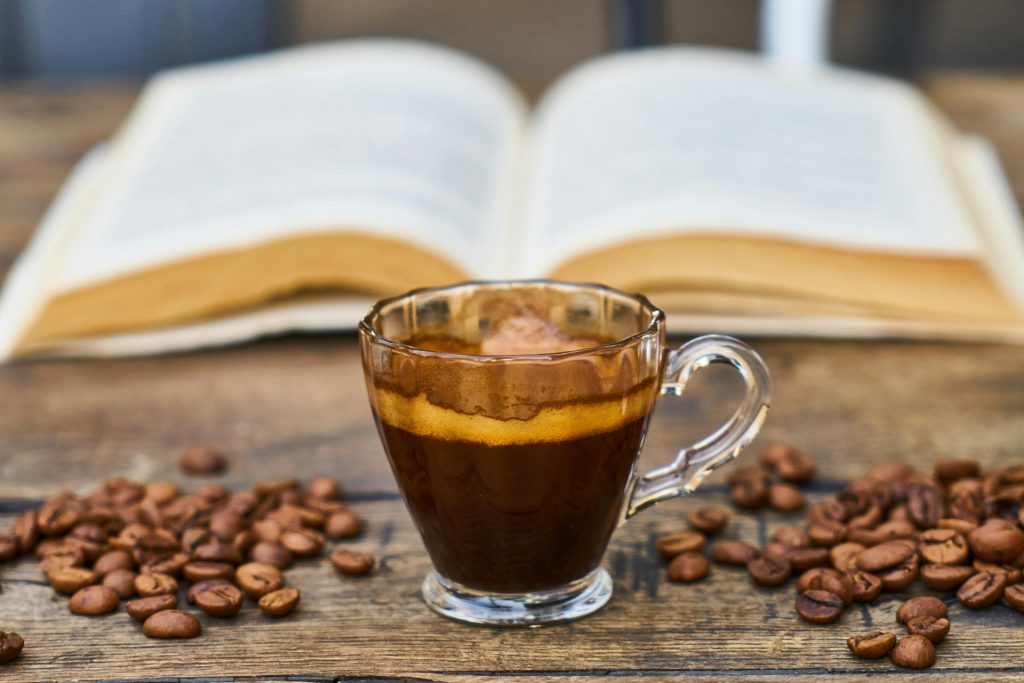
Okay, let’s be real — espresso is basically the superhero of coffee. That intense, rich flavor with a velvety crema on top? Yum. But what if you don’t have an espresso machine? Maybe you live in a tiny apartment, your budget won’t allow a fancy espresso maker, or you just want to take your espresso game on the road without lugging around heavy equipment. No worries — you can absolutely make espresso without a machine, and it’s easier (and more fun!) than you might think.
In this article, I’m going to walk you through 5 easy ways to make espresso without a machine that you can try right at home. These methods will give you bold, satisfying espresso shots without needing a $500+ gadget. Whether you want your espresso quick and simple or you like experimenting with different tools, I’ve got you covered.
What Exactly Is Espresso?
Before we jump into brewing, let’s talk about what espresso actually is. You probably think it’s just “strong coffee,” but there’s a bit more science behind it.
Espresso is a small, concentrated shot of coffee brewed by forcing hot water under pressure through finely ground coffee beans. This pressure extraction is what creates espresso’s signature thick texture and that beautiful crema — the foamy golden layer on top. The whole process usually takes about 25-30 seconds.
Since espresso machines generate 9 bars of pressure (around 130 psi), replicating that exact pressure without a machine is tough. But the good news is, you can still get the intense, concentrated flavor and a slightly creamy texture by using clever workarounds with some common household tools. We’re talking about close-enough, DIY espresso shots that taste fantastic.
What Do You Need to Make Espresso Without a Machine?
Before you dive in, here’s a quick checklist of things that’ll help you nail that espresso vibe:
- Freshly ground coffee: Use an espresso grind (super fine). If you’re grinding beans yourself, go for a grind size finer than drip but not powdery. Fresh beans = best flavor!
- Hot water: Ideally, around 90-96°C (195-205°F). Water that’s too hot scorches the coffee, too cool leaves it weak and sour.
- Basic kitchen tools or coffee gear: Think Moka pot, AeroPress, French press, or even a fine mesh sieve — don’t worry, we’ll discuss each below.
- Patience and practice: Getting espresso right without a machine takes a bit of experimentation. Don’t stress if it’s not perfect at first!
Method 1: The Moka Pot — Your Classic Espresso Alternative

What’s a Moka Pot and Why Should You Use It?
If you’re a coffee fan, you’ve probably heard of the Moka pot. It’s that iconic little stovetop pot — usually aluminum — that brews coffee by pushing steam pressure through grounds. It’s basically the OG espresso machine for many Italians.
While it doesn’t hit the same pressure as a traditional espresso machine, it produces a super concentrated, bold coffee that’s close to espresso. Plus, it’s affordable (usually under $40), compact, and easy to use.
Step-By-Step Guide to Making Espresso With a Moka Pot
- Fill the bottom chamber with fresh, cold water just up to the safety valve — no higher.
- Fill the filter basket with finely ground coffee. Don’t tamp it down hard; just level it off. Over-packing blocks water flow and can cause bitter coffee.
- Assemble your pot tightly and place it on medium heat. The water will boil and push steam up through the coffee grounds.
- Listen for the coffee to start brewing. You’ll hear a gurgling or hissing noise — that’s your espresso shot coming!
- Remove the pot from heat just before the sputtering stops to avoid burning the coffee.
- Pour and enjoy your thick, dark espresso shot.
Pro Tips for Moka Pot Espresso
- Use filtered water if possible — it really affects taste.
- Preheat the water before adding to the bottom chamber to speed up extraction and avoid bitter notes.
- Clean your Moka pot regularly; old oils from coffee can ruin flavor.
- Experiment with grind size and heat level to dial in your perfect shot.
Method 2: AeroPress — Quick, Smooth Espresso Shots
Why the AeroPress Is a Coffee Lover’s Dream
The AeroPress is a cult favorite among coffee geeks. It’s a simple, lightweight plastic coffee maker that uses manual pressure to brew coffee. With an AeroPress, you can make everything from a mild cup to a strong espresso-style shot. It’s portable, easy to clean, and great if you want a smooth, low-acid espresso alternative.
How to Make Espresso Without a Machine Using an AeroPress
Here’s how to get those rich espresso vibes:
- Insert a paper filter in the AeroPress cap and rinse it with hot water — this removes paper taste and warms up the equipment.
- Add 14-18 grams of finely ground coffee to the AeroPress chamber.
- Pour about 60 ml of hot water (just off boil) into the chamber.
- Stir gently for about 10 seconds to ensure all grounds are wet.
- Press down firmly and steadily — this creates pressure similar to an espresso machine, extracting a strong, concentrated shot.
Why You’ll Love AeroPress Espresso
- You can control everything — grind size, water temp, pressure — to tweak flavor.
- It takes less than 3 minutes to brew and clean up.
- Perfect for home, office, or travel.
- Great for making espresso-based drinks like lattes or Americanos.
Method 3: French Press Espresso Hack — Bold Coffee With What You Have
Can a French Press Really Make Espresso?
French presses are usually associated with full-bodied, coarse-ground coffee, but here’s a fun secret — you can hack it to make a stronger, espresso-style coffee. It won’t have crema or as thick a texture, but it will have that bold punch you crave.
Here’s How:
- Grind your coffee finer than usual — espresso grind or slightly coarser.
- Use about 1 tablespoon of coffee per 30 ml of water for a strong ratio.
- Pour hot water (around 93°C) over the grounds, just enough to saturate them.
- Stir gently, then let it steep for 3-4 minutes — shorter than usual for French press.
- Slowly press down the plunger and pour immediately to avoid over-extraction and bitterness.
Tips to Get the Most Out of Your French Press Espresso
- Use fresh beans for better flavor clarity.
- Drink it immediately — French press coffee can turn bitter if left to sit.
- Try preheating your French press with hot water to keep the coffee hotter longer.
- You can also use this concentrated coffee as a base for milk drinks or iced coffee.
Method 4: Stovetop Espresso With a Whistling Kettle and Coffee Filter
Wait, Can You Really Make Espresso Without Any Fancy Gear?
Yep! If you don’t have any coffee gadgets, you can get creative with just a whistling kettle and a fine mesh sieve or a coffee filter. It’s a bit like a manual pour-over but aimed at making a strong, espresso-style concentrate.
Here’s the How-To:
- Boil fresh water in your whistling kettle.
- Place a fine mesh sieve or a paper coffee filter over a sturdy heatproof cup or mug.
- Add a heaping tablespoon of finely ground coffee into the filter.
- Slowly pour a small amount of hot water (about 30 ml) over the grounds — just enough to wet them and start extraction.
- Let it drip through slowly — this will take a minute or two.
- For a more concentrated shot, repeat the pour with a smaller amount of water.
Why This Works
- The slow drip extracts bold flavors without bitterness.
- It’s inexpensive and requires zero specialized coffee equipment.
- You can adjust strength by tweaking the coffee-to-water ratio and drip speed.
- Perfect if you’re traveling or don’t want to invest in coffee gadgets yet.
Method 5: Instant Espresso Powder — The Fastest Way

No Time? No Equipment? Instant Espresso Powder Has Your Back
When life gets hectic and you want that espresso fix in seconds, instant espresso powder is a lifesaver. It’s made from real espresso that’s been brewed, dried, and ground into a powder — so it’s convenient and flavorful.
How to Use Instant Espresso Powder:
- Dissolve 1-2 teaspoons of powder in about 30-50 ml of hot water.
- Stir until completely dissolved.
- Optional: froth milk with a handheld frother or whisk for a quick latte or cappuccino.
Why Instant Espresso Powder Is Great
- It requires zero coffee equipment — just hot water and a spoon.
- Super fast for busy mornings or camping trips.
- Surprisingly rich flavor for a powder.
- Can be stored long-term without losing freshness.
Frequently Asked Questions: Espresso Without a Machine
Will These Methods Taste Like Espresso From a Machine?
While none of these methods produce the exact crema or pressure extraction of a commercial machine, they create espresso-style shots with bold, rich flavor and concentrated intensity. They’re close enough for everyday enjoyment and espresso-based drinks.
How Fine Should I Grind My Coffee?
Aim for a grind size slightly finer than drip coffee but not so fine it clogs your filter or brew device. For Moka pots and AeroPress, use a grind close to espresso grind. For French press espresso hacks, slightly coarser is okay.
Can I Froth Milk Without an Espresso Machine?
Absolutely! You can froth milk using a handheld frother, a French press (pump the plunger quickly), or by shaking warm milk in a jar. Heat milk to about 60-65°C (140-150°F) for the best foam.
Bonus Tips to Make Your Espresso Shots Awesome
- Use fresh beans — grind right before brewing for maximum flavor.
- Control your water temp — avoid boiling water directly on grounds; let it cool slightly.
- Don’t rush your brew — pressure and timing matter to avoid bitterness.
- Clean your gear often to prevent stale coffee flavors.
- Try different coffee beans to find your favorite roast and flavor notes.
Why You Should Try Making Espresso Without a Machine
- It saves money and space. Espresso machines can be expensive and take up a lot of counter space.
- It’s portable — perfect for camping, traveling, or small apartments.
- It’s fun and rewarding to experiment and perfect your brew.
- You can enjoy espresso anytime, anywhere — no need to wait in line at a coffee shop.
What Method Will You Try First?
Now that you know 5 ways to make espresso without a machine, which one sounds best to you? Whether it’s the classic Moka pot, versatile AeroPress, French press hack, stovetop drip, or instant espresso powder, you’ve got options for every situation.
Try them out, experiment, and enjoy your espresso adventure — no machine required!


